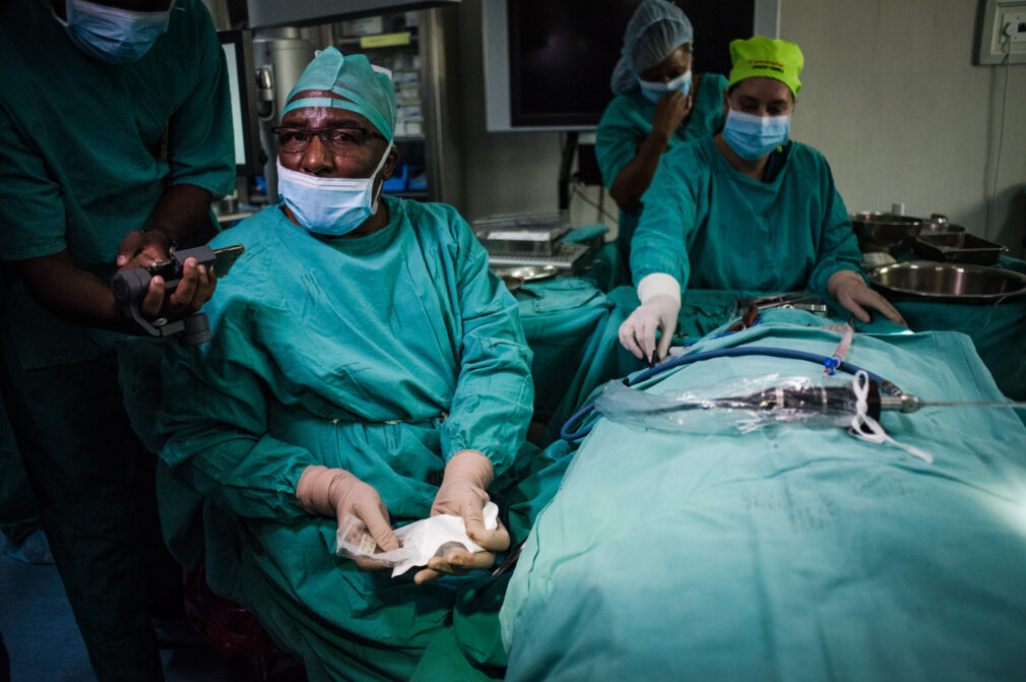3D printed transplant organs have been taking on an increasing level of complexity as of late. We’ve previously seen complex skin tissue and even a 3D printed functioning heart, but now University of Pretoria (UP) has added another breakthrough. Researchers at the university’s Faculty of Health Sciences have conducted 2 successful middle ear transplants using 3D printed bones. This transplant has been the first of its kind, showcasing an effective means of replacing the ossicles which comprise the middle ear.
“3D technology is allowing us to do things we never thought we could,” says Prof. Tshifularo, head of the Department of Otorhinolaryngology. “But I need sponsors and funding for this invention to take off the ground.”
The groundbreaking middle ear transplant can fully replace the hammer, the anvil and the stirrup. After additively manufacturing each of these bones separately, the researchers have to perform surgery. While the procedure has only been performed on 2 patients, the researchers are confident about its applicability to anyone, from newborns to seniors.
This particular ear transplant is also fairly safe for reasons the researchers highlight “By replacing only the ossicles that aren’t functioning properly, the procedure carries significantly less risk than known prostheses and their associated surgical procedures,” Prof Tshifularo explains. “We use titanium for this procedure, which is biocompatible. We use an endoscope to do the replacement, so the transplant is expected to be quick, with minimal scarring.”
The surgery Prof. Tshifularo performed was on patients with underdeveloped middle ears. The ear transplant technology is crucial for many people who may suffer from congenital birth defects, infection, trauma or metabolic diseases. Although the research is still young, it has already cured two patients and the researchers deem it safer than the alternatives.
As previously mentioned, it carries less risk than existing methods and reduces chances of facial nerve paralysis. The middle ear transplant also simplifies many other procedures such as ossiculoplasty and stapedectomy. Considering its benefits, it may only be a very small amount of time until the surgery is widespread among the medical community.

 亞洲大學3D列印研究中心
亞洲大學3D列印研究中心

